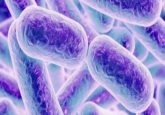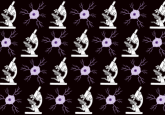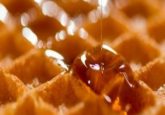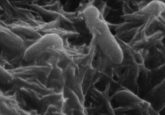Whipped cream made from lactic acid bacteria, anyone?
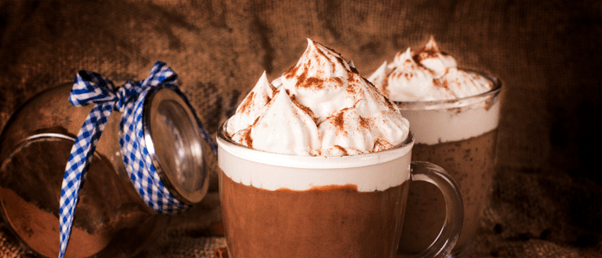
The future of eating sustainably is turning out to be quite luxurious as researchers from the University of Copenhagen (Denmark) have used lactic acid bacteria strains to make a sustainable heavy whipping cream.
Picture yourself enjoying a steamy cup of cocoa in your favorite mug while sitting in front of your fireplace (or in front of a TV with a fireplace video playing on your laptop, connected by an HDMI cable). You go to add some whipped cream to your cocoa as the finishing touch, but this is not your ordinary whipped cream or even your ordinary plant-based whipped cream, this one is made from bacteria.
Mimicking whipped cream made from dairy is no mean feat, as it’s silky smooth and airy, but it also needs to be able to whip into a stiffer consistency that can hold its shape in a cake. “The most difficult aspect of developing an alternative food is getting the texture right,” said Jens Risbo, lead author of the study. “Whipped cream undergoes a unique transformation that occurs in a complex system where a high saturated fat content makes it possible to whip the cream stiff.”
This research group has been using lactic acid bacteria as tiny building blocks to create food and has now illustrated that these can be used to create both a fluffy and stiff alternative to whipped cream. Lactic acid bacteria can be found in many places and are feared by beer brewers; some live on plants while others are found on human and animal mucous membranes. In fact, these bacteria are already utilized in the food industry to culture yogurt and preserve cold cuts. But now, the bacteria are taking center stage as the building blocks for indulgence – whipped cream.
“We usually associate bacteria with something to keep away from food,” said Risbo. “But here, we base a beloved food product on good bacteria found in nature. This has never been seen before. This is advantageous, both because it is a renewable resource grown in a tank, and because it creates a healthier, less energy dense, fat-free product.”
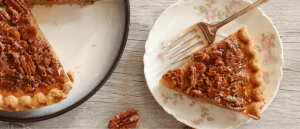 Pecan pie could be the key to lowering your cholesterol this Thanksgiving
Pecan pie could be the key to lowering your cholesterol this Thanksgiving
Eating a pecan-enriched diet has been found to lower total cholesterol by 5% in those at risk of cardiovascular disease.
‘Normal’ whipped cream forms because fat globules in cream clump together during whipping so that the resultant foam is stabilized, providing the needed strength to stand and not let the liquid drain out. A lot of fat globules are needed to achieve this consistency, hence heavy whipping cream has a fat content of 38%. Non-dairy alternatives to whipped cream currently rely on other sources that have a high content of saturated fats, such as coconut or palm fat, which are imported from the tropics. The researchers wanted to find a sustainable way to make whipped cream with a lower fat content than those currently on offer.
The researchers used two strains of bacteria, Lactobacillus delbrueckii subs. lactis ATCC 4797 (LBD) and Lactobacillus crispatus DSM20584 (LBC), to create two types of whipped cream, which needs just four ingredients: water, bacteria, a bit of milk protein and a single thickener.
The bacteria were combined with food-grade components to make whipping cream-like suspensions. The lactic acid bacteria are similar in size to the fat globules that form in dairy cream, allowing them to replace the fat content. Confocal laser scanning microscopy was used to analyze the microstructure of the resulting cream, namely the spacing and sizing of air bubbles, and confirmed that it was highly comparable to cream.
LBC is more hydrophilic and resulted in a softer foam, while LBD has more hydrophobic properties and formed a stiffer foam that can produce peaks – perfect for piping!
Risbo highlighted that this cream is a proof-of-concept and not the end of the road for bacteria-based food. It provides insight into how non-dairy sources can be used in innovative ways for more sustainable options.
Risbo concluded, “We’ve shown that bacteria can be used to create the right structure. Now that we understand the context and have learned which surface properties are important, it opens up the possibility of using many other things from nature. This could be yeast residue from brewing, or perhaps small building blocks that we extract from plants. This would make the product very sustainable.”
I just hope that this bacteria-based cream tastes as good as the real deal!

